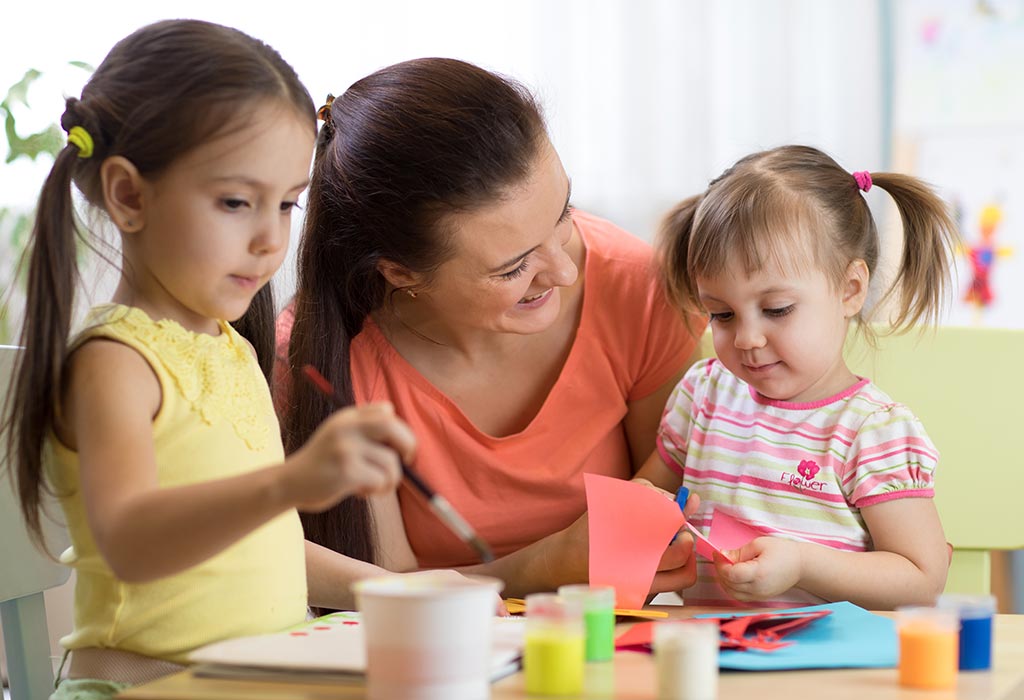
Discover the artistry and creativity of handmade pop-up cards with these 8 incredible techniques.
From intricate folding methods to precise cutting techniques, this article will guide you through the process of crafting stunning pop-up cards that are sure to impress.
Learn how to apply adhesive with precision, layer cards to create depth, and add decorative elements for a personalized touch.
Whether you're a seasoned crafter or new to the world of card making, these techniques will inspire you to create memorable and awe-inspiring designs.
Folding Techniques
One popular folding technique for creating intricate pop-up cards is known as the accordion fold. This technique, derived from origami folding, allows for a dynamic and impressive display when the card is opened.
To achieve this fold, start with a long strip of paper and make a series of parallel folds, alternating between mountain and valley folds. The result is a folded pattern that resembles the shape of an accordion.
The accordion fold is a versatile technique that can be used to create various pop-up elements, such as stairs, layers, or even a three-dimensional object.
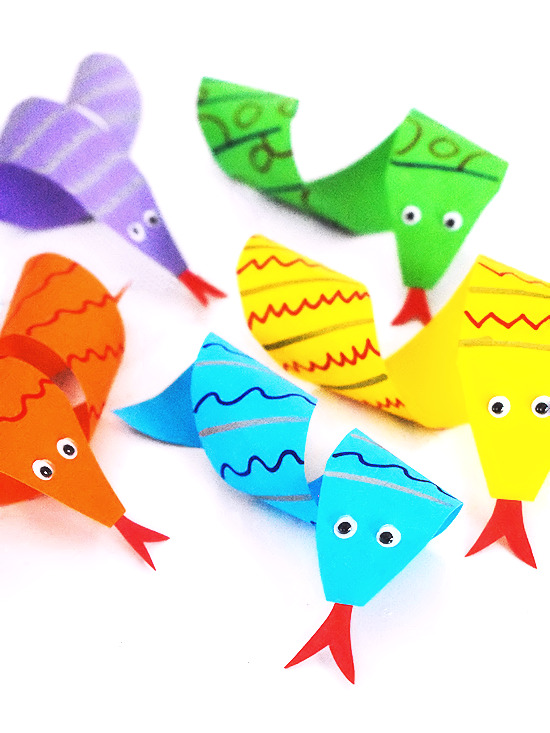
Cutting Methods
How can different cutting methods enhance the visual appeal and intricacy of handmade pop-up cards?
There are several cutting methods that can elevate the design and craftsmanship of pop-up cards, allowing for more intricate and visually stunning creations.
Laser cutting: Using a laser cutter allows for precise and intricate designs to be cut into the paper. This method enables the creation of detailed patterns, intricate shapes, and even delicate filigree designs. Laser cutting also offers the advantage of consistency and accuracy, ensuring clean and professional-looking edges.
Paper sculpting: This technique involves manually cutting and shaping the paper to create three-dimensional elements. By carefully cutting and manipulating the paper, artists can add depth and texture to their pop-up cards. Paper sculpting techniques include layering, folding, and shaping the paper to create dynamic and lifelike structures.
Combination techniques: Combining laser cutting and paper sculpting techniques can result in truly unique and captivating pop-up card designs. By using laser cutting to create intricate details and paper sculpting to add depth and dimension, artists can achieve stunning visual effects that captivate the viewer.
Adhesive Application
Consistently applying adhesive is crucial for ensuring the secure and seamless assembly of handmade pop-up cards. To achieve this, it is important to consider adhesive removal and alternative options.
When it comes to adhesive removal, it is essential to be careful and gentle to avoid damaging the card or the artwork. One effective way to remove adhesive is by using a heat gun or a hairdryer to soften the adhesive, making it easier to peel off.
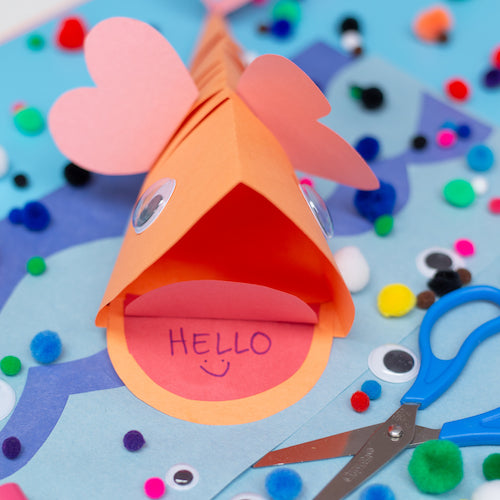
Additionally, there are adhesive alternatives available that offer different benefits. For example, double-sided tape provides a strong bond and is easy to use, while glue dots offer a mess-free application.
Card Layering
To achieve a visually appealing and dimensional effect, card layering is a technique that involves stacking multiple layers of paper or cardstock to create depth and texture in handmade pop-up cards. This technique allows for endless possibilities in design and creativity.
Here are three ways to enhance your card layering skills:
Embossing effects: Add a touch of elegance and sophistication to your pop-up cards by incorporating embossing techniques. Embossing creates raised or recessed patterns on the surface of the paper, adding texture and visual interest to your card layers.
Interactive elements: Make your pop-up cards more engaging by incorporating interactive elements. This could include tabs, flaps, or sliders that reveal hidden messages or images when manipulated. Interactive elements not only add an element of surprise but also create a memorable experience for the recipient.
Mixing materials: Experiment with different materials to create unique and eye-catching card layers. Consider incorporating fabric, metallic paper, or specialty cardstock to add texture, shine, or a touch of luxury to your handmade pop-up cards.
Creating Symmetrical Designs
While creating symmetrical designs may seem challenging, it can be achieved by using precise measurements and symmetry tools.
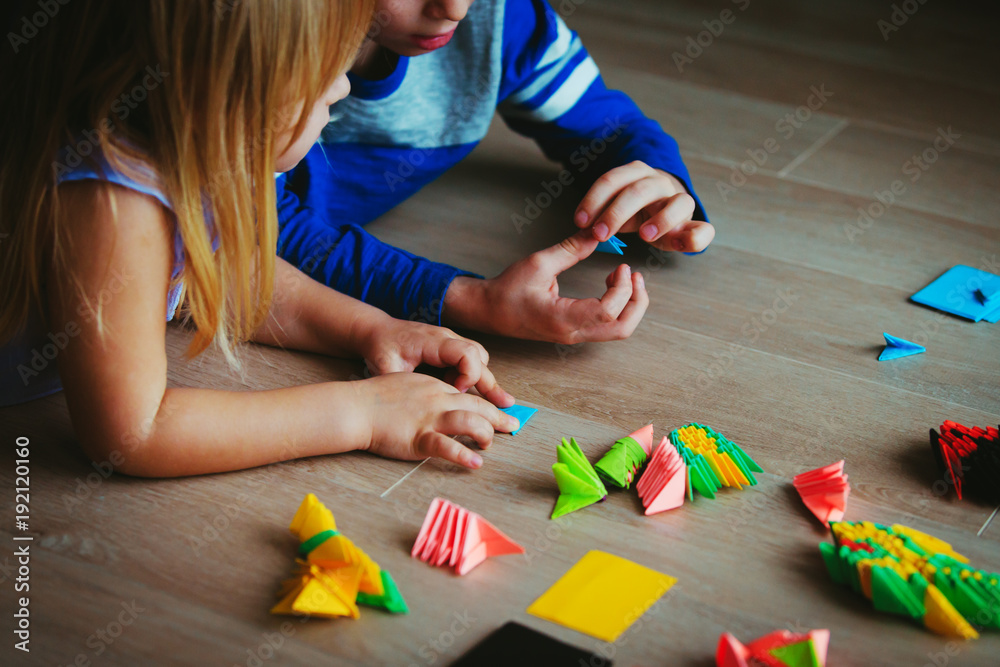
Symmetry is an essential aspect of design, bringing balance and harmony to any composition.
To create symmetrical designs in handmade pop-up cards, it is important to start with a solid foundation. Begin by using a ruler and measuring tools to ensure accuracy in your design.
Consider color coordination by choosing complementary or analogous hues to enhance the visual impact of your symmetrical design.
Additionally, embossing patterns can add depth and texture to your cards, further emphasizing the symmetry.
Experiment with different techniques and materials to unleash your creativity and achieve stunning symmetrical designs that will captivate and impress your recipients.
Multidimensional Card Creation
The creation of a multidimensional card requires careful consideration of the various layers, folds, and pop-up elements involved. To achieve an impressive and interactive paper engineering masterpiece, here are three key techniques to explore when creating 3D pop-up designs:
Layering: Building depth and dimension can be achieved by strategically layering different elements of the card. By using varying sizes and shapes of cut-outs, you can create a sense of depth and perspective.
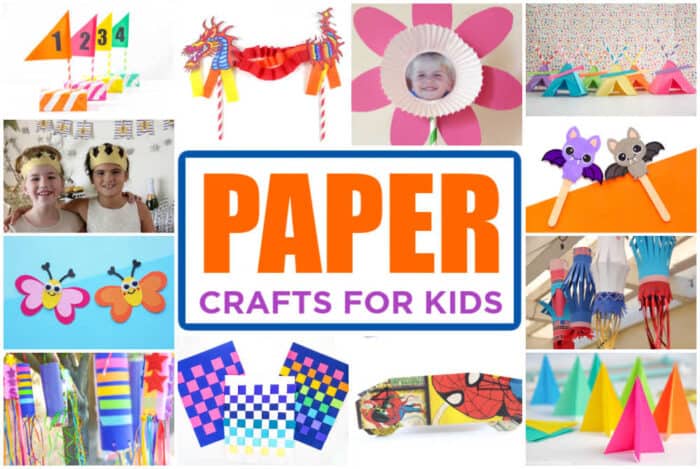
Accordion folds: Incorporating accordion folds allows for the expansion and contraction of the card, adding a dynamic element to the design. This technique can create surprising reveals and unexpected transformations.
Moving parts: Adding movable elements, such as rotating wheels or sliding panels, adds an extra level of interactivity to the card. These moving parts can enhance the overall experience and engage the recipient in a playful and memorable way.
Adding Decorative Elements
By incorporating decorative elements onto the surface and within the folds of the card, you can elevate its visual appeal and create a more captivating and delightful experience for the recipient.
There are a variety of embellishment options that can be used to add flair and personality to your pop-up card. Consider using glitter, sequins, rhinestones, or even small beads to create a touch of sparkle and shine.
You can also incorporate texture by using materials such as fabric, lace, or ribbon to add dimension and tactile interest.
Additionally, consider using paper cutouts, stickers, or stamps to create unique designs and patterns. These decorative elements not only enhance the visual appeal of the card but also make it more engaging and interactive for the recipient.
Crafting With Precision
To achieve precise and flawless results, mastering the art of measuring and cutting is essential in crafting intricate pop-up cards. Here are three key elements to consider when it comes to crafting with precision:
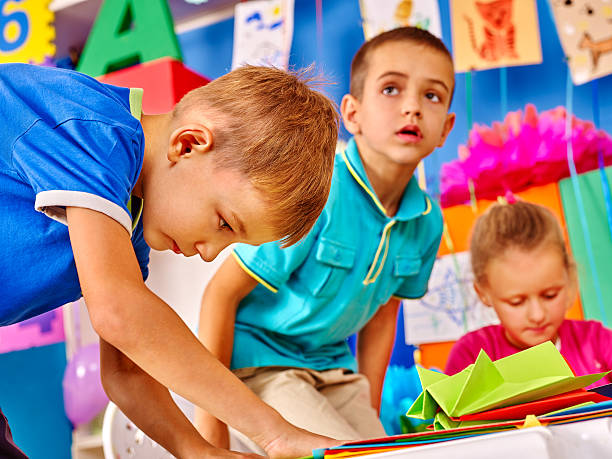
Measuring Tools: Investing in quality measuring tools is crucial for accurate and consistent results. Use a ruler with clear markings and a sharp pencil to ensure precise measurements.
Precision Cutting Techniques: Use a sharp craft knife or precision scissors to cut the cardstock with precision. Take your time and apply gentle pressure to avoid any jagged edges or mistakes.
Attention to Detail: Pay close attention to the details of your design. Double-check measurements before cutting and make sure all the lines are straight and symmetrical. Take the time to refine your cutting technique and ensure clean, precise edges.
Frequently Asked Questions
How Do I Come up With Unique Ideas for the Designs of My Handmade Pop-Up Cards?
To generate unique ideas for handmade pop-up card designs, consider incorporating creative techniques for adding texture and exploring unconventional materials. This can result in eye-catching and distinctive designs that captivate your audience.
What Types of Paper Are Best for Creating Pop-Up Cards That Can Withstand Multiple Folds and Manipulation?
When creating durable pop-up cards that can withstand multiple folds and manipulation, it is important to choose the right types of paper. Consider using heavyweight cardstock or specialty papers specifically designed for paper crafts. These papers offer the necessary strength and flexibility for intricate folding and manipulating techniques.
Essential tools for creating handmade pop-up cards include a sharp craft knife, cutting mat, ruler, and bone folder. Techniques for cutting include scoring, folding, and intricate paper cutting to achieve stunning pop-up effects.
Can I Use Alternative Materials, Such as Fabric or Felt, Instead of Paper for My Pop-Up Card Designs?
Yes, alternative materials such as fabric or felt can be used in pop-up card designs, offering unique textures and dimensions. Exploring different techniques with these materials allows for creative freedom and adds an element of surprise to the recipient.
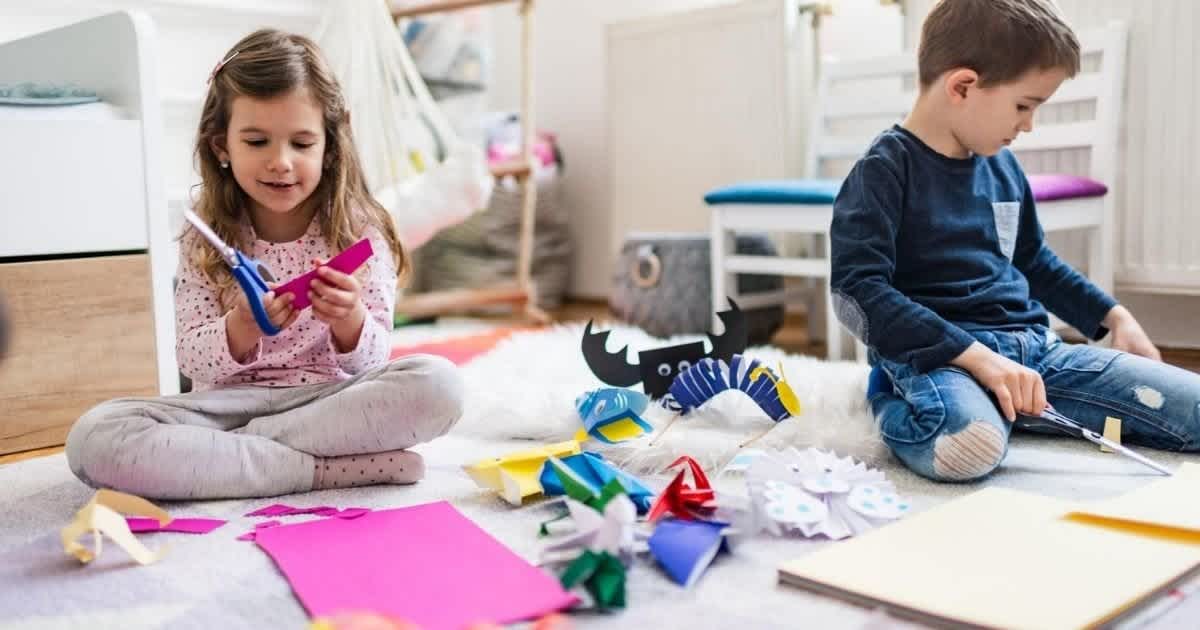
How Can I Ensure That My Adhesive Does Not Leave Any Visible Marks or Residue on the Surface of My Pop-Up Cards?
To achieve a clean adhesive application on pop-up cards, ensure that the adhesive is applied sparingly and evenly. Use a small brush or applicator for precise application. To remove adhesive residue, gently rub the affected area with a soft cloth or use an adhesive remover specifically designed for paper products.
 Kids Art ProjectsParty PlanningPaper CraftsOrigami for KidsPrivacy PolicyTerms And Conditions
Kids Art ProjectsParty PlanningPaper CraftsOrigami for KidsPrivacy PolicyTerms And Conditions
